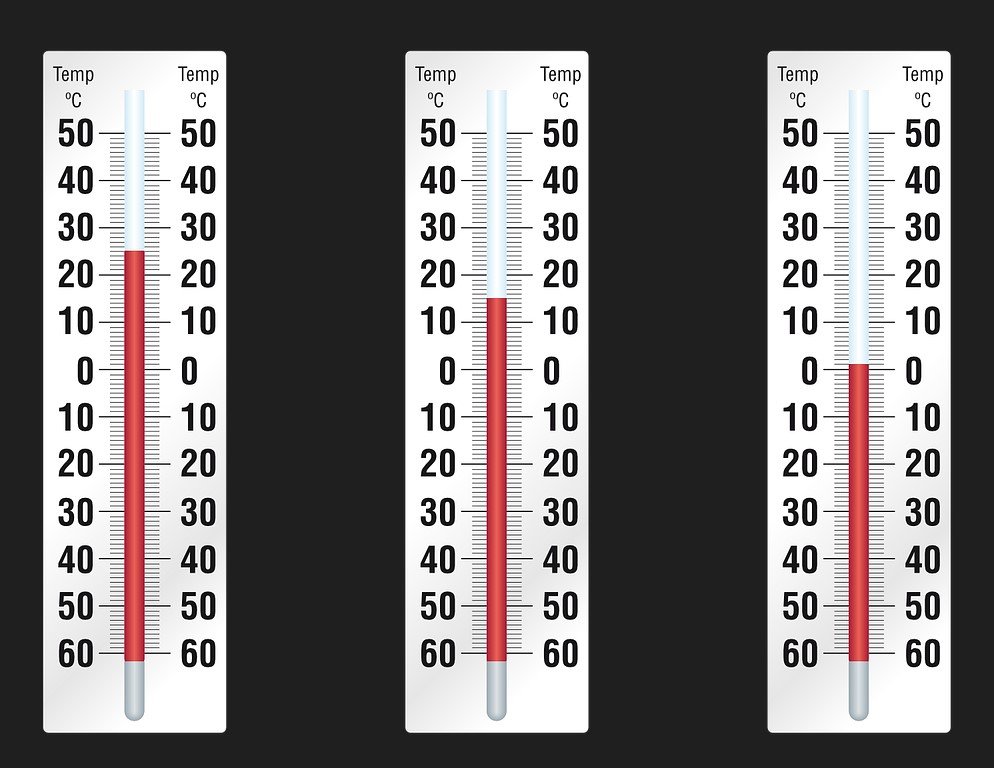The market for smart antennas in the automotive sector is expected to grow from $2.5 billion in 2023 to $5.2 billion by 2030, at a compound annual growth rate (CAGR) of 10.9%, according to a new report by MarketsandMarkets™. The report attributes the growth to the increasing demand for connected car features, in-vehicle infotainment, autonomous vehicles, and safety norms. Smart antennas also provide high-speed, low-latency communication and real-time data exchange, making them suitable for the upcoming 5G technology.
Smart antennas are antennas that can adjust their radiation patterns and frequencies to optimize the signal quality and performance. Smart antennas can also communicate with multiple devices simultaneously, using techniques such as beamforming and multiple-input multiple-output (MIMO). Smart antennas can be classified into two types: shark-fin and fixed mast. Shark-fin antennas are integrated into the roof of the vehicle and can support multiple frequencies and applications. Fixed mast antennas are mounted on the exterior of the vehicle and can support a single frequency and application.

Smart antennas can be used for various wireless communication services and applications in the automotive sector, such as:
- Mobile networks: Smart antennas can enable faster and more reliable data transfer and connectivity for cellular applications, such as 2G, 3G, 4G/LTE, and 5G. Smart antennas can also support over-the-air (OTA) updates, which allow manufacturers to enhance vehicle functionality and security remotely.
- GPS: Smart antennas can improve the accuracy and reliability of navigation-related features, such as finding the best routes, avoiding traffic congestion, and locating nearby services. Smart antennas can also support vehicle-to-everything (V2X) communication, which enables the exchange of information between vehicles and other entities, such as infrastructure, pedestrians, and cloud services.
- Other wireless applications: Smart antennas can support other wireless applications, such as Wi-Fi, Bluetooth, radio frequency identification (RFID), and near-field communication (NFC). These applications can enable various features and functions, such as wireless charging, keyless entry, entertainment, and payment.
What are the drivers and challenges of the smart antenna market?
The report identifies several factors that are driving the growth of the smart antenna market, such as:
- The growing consumer demand for vehicle connectivity features, such as internet access, streaming services, social media, and online gaming.
- The rising adoption of advanced safety features, such as advanced driver assistance systems (ADAS) and autonomous vehicles, which require high-speed, low-latency communication and data exchange.
- The increasing use of electrical/electronic (E/E) architecture, which integrates various electronic components and systems into a single platform, reducing the complexity and weight of the vehicle.
- The increasing sales of electric vehicles (EVs), which have higher E/E content and connectivity requirements than conventional vehicles.
- The growing support and investment from key automotive sector players, who are developing and testing smart antennas for various applications and technologies.
The report also identifies some challenges that are hindering the growth of the smart antenna market, such as:
- The high cost and complexity of smart antennas, which require sophisticated hardware and software components and integration.
- The lack of standardization and regulation of smart antennas, which can create compatibility and interoperability issues among different devices and systems.
- The security and privacy risks of smart antennas, which can expose the vehicle and the user to cyberattacks and data breaches.
- The environmental and health concerns of smart antennas, which can generate electromagnetic interference (EMI) and radiation, affecting the performance and safety of other devices and systems.
What are the opportunities and trends of the smart antenna market?
The report also highlights some opportunities and trends that are shaping the future of the smart antenna market, such as:
- The emergence of 5G technology, which will offer faster speed, lower latency, higher bandwidth, and greater reliability than the current 4G technology. 5G technology will also enable new applications and services, such as vehicle platooning, remote driving, and augmented reality.
- The development of ultra-high frequency smart antennas, which can operate in the frequency range of 3 GHz to 30 GHz. Ultra-high frequency smart antennas can offer higher data rates, wider coverage, and better penetration than high and very high frequency smart antennas.
- The innovation of adaptive and reconfigurable smart antennas, which can change their shape, size, and orientation to adapt to the changing environment and user preferences. Adaptive and reconfigurable smart antennas can also reduce the power consumption and interference of the system.
















